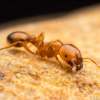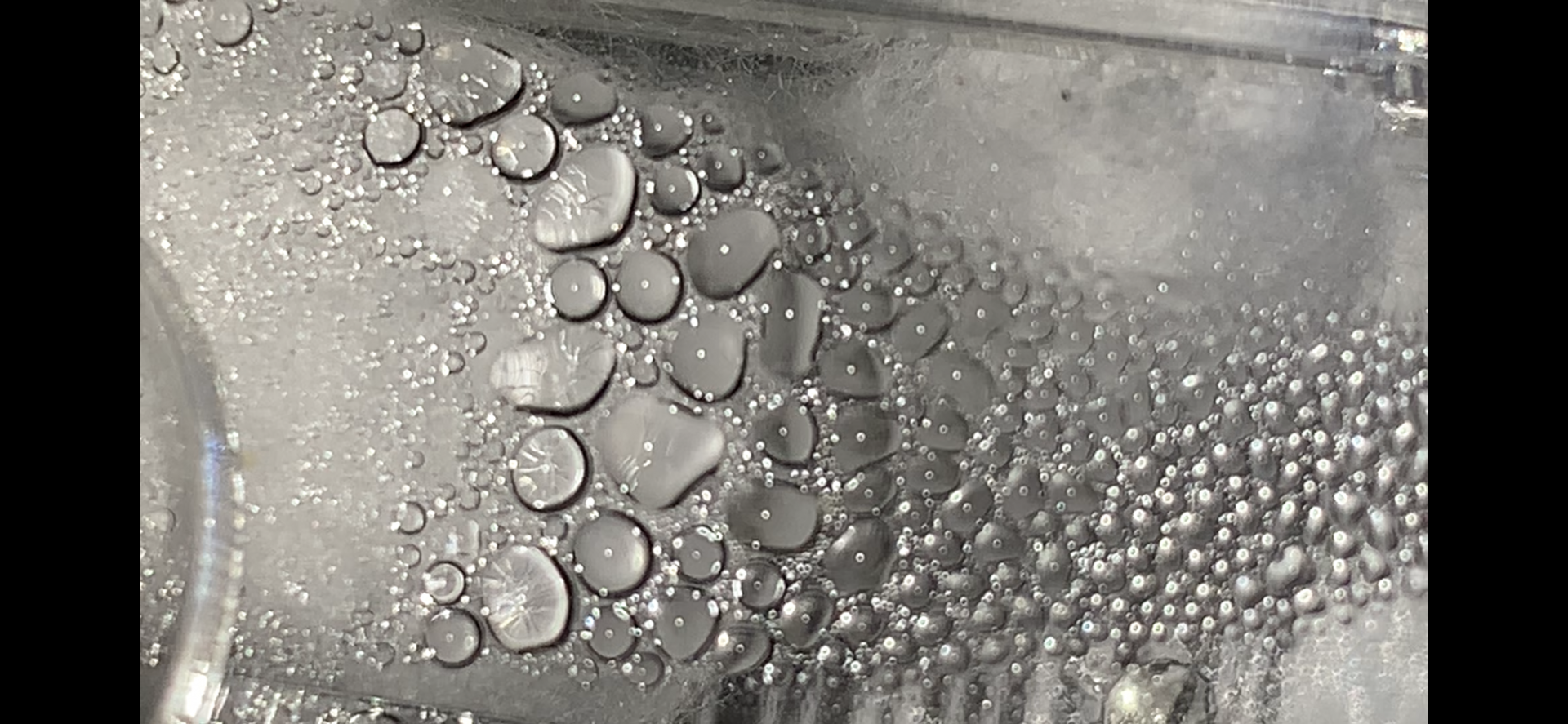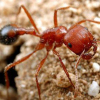Yeah I was about to say I lost a Pogonomyrmex queen to condensation. Unfortunately I had been trying a kind of hybrid dirt-in-formicarium approach, and the dirt brought her too close to the condensation. It was a real bummer.
Generally with tubes heating an inch away from the water in the nest portion isn't bad.
I actually like fine-droplet condensation for some set-ups as it provides plenty of drinking water. But if it forms huge droplets and the ants have to travel near it, then it's a definite NO for me.
Formiculture Journals::
Veromessor pergandei, andrei; Novomessor cockerelli
Camponotus fragilis; also separate journal: Camponotus sansabeanus (inactive), vicinus, laevigatus/quercicola
Liometopum occidentale; Prenolepis imparis; Myrmecocystus mexicanus (inactive)
Pogonomyrmex subnitidus and californicus (inactive)
Tetramorium sp.
Termites: Zootermopsis angusticollis
Isopods: A. gestroi, granulatum, kluugi, maculatum, vulgare; C. murina; P. hoffmannseggi, P. haasi, P. ornatus; V. parvus
Spoods: Phidippus sp.








 . But they are terrible with water.
. But they are terrible with water.














